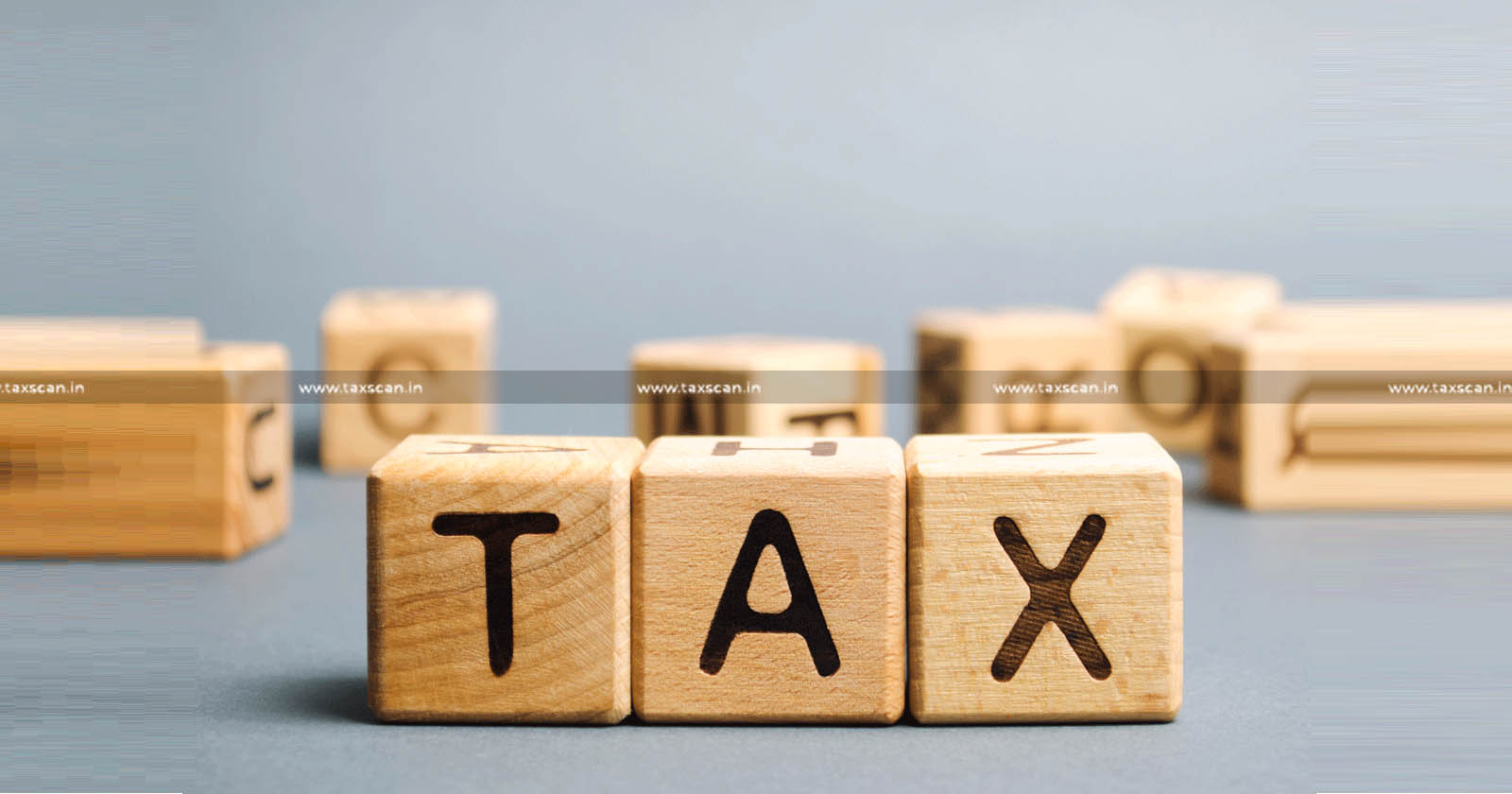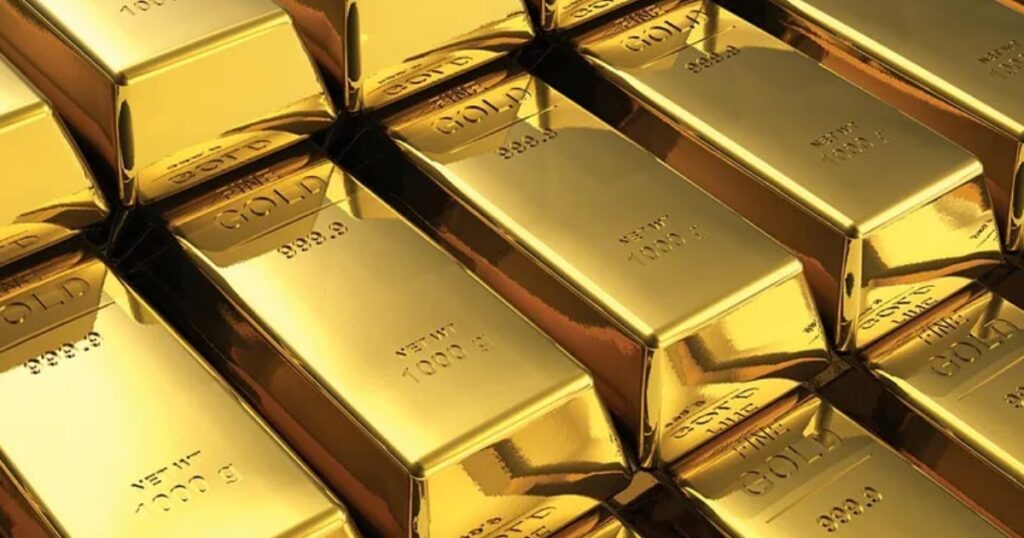Facial hair has now become more than a symbol of masculinity. It now represents, or rather, reasserts itself as the face of modern male – strong, independent, with the style and presence of cool confidence and haute looks
Blades must now bow before beards and so must foam or lather before fuzz and stubble. Unmistakable lifestyle changes have given way to a new face and look, or perhaps a closer version of the ‘Alpha Male’, primal, strong, assertive, and successful. Whatever the reasons, a hirsute revolution is sweeping the social landscape – ubiquitous, trendy and cool.
Facial Hair has now become more than a symbol of masculinity. It now represents, or rather, reasserts itself as the face of modern male – strong, independent, with the style and presence of cool confidence and haute looks.
Let’s face it, but suddenly, it’s everywhere; a profusion of facial hair, different shapes, in different shades and styles: big beards, flowing and bushy, some well-tended, that reflect good grooming and care; others scraggy and unkempt, more a picture of rash abandon, neglect or just a couldn’t-care-less temperament. Clearly, beards have made a remarkable comeback and have largely become the face of a male stereotype, making its presence felt all over again.
The perception and prevalence of beards versus the clean-shaven look have varied significantly throughout history, often reflecting cultural, social, and even political shifts. Beards have been symbols of virility, wisdom, and religious devotion, while clean-shaven faces have represented cleanliness, modernity, and sometimes, even political allegiance.
Historical perspective
Perhaps a historical perspective may well add more weight to the subject.
Beards in ancient Greece were looked upon seen as indicators of masculinity and wisdom, But Alexandar the Great didn’t think much about beards and strongly promoted shaving during his reign. He believed it looked tidier and ordered his soldiers to be clean-shaven, fearing that their beards would serve as handles for their enemies to grab and hold onto.
The practice of shaving spread from the Macedonians, whose kings are represented on coins, statues, etc. with smooth faces, throughout the whole known world of the Macedonian Empire.
As a result, the clean-shaven look was in time by the Romans, as well.
The “philosopher’s beard”
The idea of the philosopher’s beard gained traction when in 155 BCE three philosophers arrived in Rome as Greek diplomats: Carneades, head of the Platonic Academy, Critolaus of Aristotle’ Lyceum and the head of the Stoiics Diogenes of Babylon.
“In contrast to their clean-shaven Italian audience, these three intellectuals all sported magnificent beards. It didn’t take long for the connection between beards and philosophy to fire the imagination of the plebian masses in Rome.
In Greco-Roman antiquity the beard was “seen as the defining characteristic of the philosopher. There was just one problem: people were inclined to assume that anyone with a beard was a philosopher.
As shaving was not widespread in Athens during fifth and fourth-century BCE it would have been hard to say who were the real philosophers, since all men had beards
The popularity of shaving did not rise in the region until the example of Alexander the Great near the end of the fourth century BCE.
The popularity of shaving did not spread to Rome until the end of the third century BCE. In Rome shaving’s popularity grew to the point that for a respectable Roman citizen, it was seen almost as compulsory.
In Greco-Roman antiquity the beard was “seen as the defining characteristic of the philosopher. There was just one problem: people were inclined to assume that anyone with a beard was a philosopher.
The Renaissance saw a mix of beards and clean-shaven faces, with fashion trends sometimes favoring one over the other.
-
The Roman philosopher Epictetus, valued his beard more than his life, and saw it as something sacred, an integral part of his identity
-
Eventually he had to flee Rome or face execution, when a royal decree ordered all bearded men to be banished from Rome
In the beginning of the 17th century, the size of beards decreased in urban circles of Western Europe with the shape also becoming more pointed. By the middle of the century men usually wore a mustache or a pointed goatee.
The Anti-Beard Tax
In the latter part of the century, being clean-shaven gradually became more common again amongst the upper classes, so much so that in 1698 Peter the Great of Russia ordered men to shave off their beards, and in 1705 levied a tax on beards in order to bring Russian society more in line with contemporary Western Europe.
In the 18th and 19th centuries, beards became associated with various social movements, such as the hippie movement of the 1960s.
In recent decades, both beards and clean-shaven faces have been popular, with individual preferences and cultural trends influencing the choice.
Throughout the 18th century, nearly all upper-class and most middle-class European men were clean-shaven.
At the end of the 18th century, after the French Revolution, attitudes began to turn away from the upper-class fashions of the previous century particularly among the lower classes.
During the early 19th century most men, particularly amongst the nobility and upper classes, went clean-shaven.
This is seen in the 1810s and 1820s with many men adopting sideburn or side whiskers which gradually grew in size in the ensuing decades.
Facial hair also became more common amongst western armies during this period with the ‘regimental mustache’ becoming a common association with the soldiers of the time.
This was followed by a dramatic shift in the beard’s popularity following the Crimean War during the 1850s, with it becoming markedly more popular. Consequently, beards were adopted by many monarchs, such as Alexander III of Russia, Napoleon III of France, Franz Joseph of Austria and William I of Germany, as well as many leading statesmen and cultural figures, such as Benjamín Disraeli, Charles Dickens, Giuseppe Garibaldi, Karl Marx, and Giuseppe Verdi.
This trend can be also recognised in the United States of America, where the shift can be seen amongst the presidents during and after the Civil War in the period of 1861 – 1913. Before Abraham Lincoln, no President had a beard; after Lincoln until William Howard Taft, every President except Andrew Johnson and William McKinley had either a beard or a moustache.
Since 1913 when Woodrow Wilson became president, all presidents have been clean-shaven. In 2025, J.D. Vance became the first U.S. Vice President to have a beard since the mustachioed Charles Curtis, who left office in 1933.
In the Indian context one cannot overlook the beards of sadhus, sages, and most important of all, the Sikh, where religious sanction forbids the cutting of hair, which includes facial hair as well.
In the Indian armed forces, serving personnel were not encouraged to keep the Sikhs being the only exception to the rule. However, in recent times, beards are making a tentative appearance.
In the field of sports earlier standards of being clean shaven have given way to a large number of bearded players. There are several in the Indian team. However, in some sports like boxing and traditional wrestling, beards are not allowed.
Bollywood too, has not escaped the invasion of the beards. Where it assumes many forms from trim French beard to a full-faced beard, to the famous, signature stubble of poet, lyricist, writer, film director Gulzar. Actor Jackie Shroff, was perhaps the first on the Indian screen to make his debut with a beard in the film “Hero” as early as the mid-1970’s.









